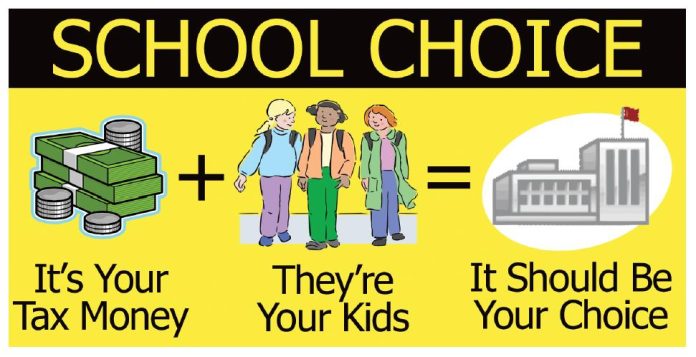
School choice has to do with an educational law passed to allow educational disbursements to trail a child to the K-12 institution or service provider best suited to their needs. Some of these possible placements are public schools, private schools, charter schools, and homeschools.
Basically, it covers most of the learning situations which parents are convinced meet their children’s learning needs. In some kinds of school choice, the government plays a crucial role, and in others, not so much. There are different types of school choice available from where parents can take their pick.
Public school choice – Parents can choose from a wide variety of public schools. In some states, there’s mandatory “open enrollment” for students in particular areas that the state considers low performing. Students in these underperforming areas can be transferred to other districts. Also, several states authorize “voluntary” open enrollment. Here, districts that agree to participate can enable students from other districts to choose from public schools in these districts. Students from these districts can also choose from another participating district.
Charter schools – These are privately run schools that agree to participate in the public school system to offer students some choice. As these are privately run, they’re often exempt from some of the limitations of traditional public schools. But since they’re part of the public school system, they get tax money, and, usually, their students must follow the same curricular standards and take the same standardized tests as other public schools.
Voucher programs – In this system, families are given vouchers by the state in proportion to how many school-age children they have. The families can utilize these vouchers to purchase schooling from private schools that are eligible to accept voucher money. Most of these programs are targeted, either only available to families below a particular income level or to students in particular regions.
Scholarship tax credits – While it works in a similar way to the voucher system, there’s a major difference in its accounting method. Here, the money isn’t dispensed to schools or families by the government. Instead, the family usually transfers the money to a “scholarship fund” for their kid and then gets an equal tax credit from the government. These scholarships pay tuition at entitled private schools.
Education savings account – ESAs let families use the money from the government for their kids’ education for private educational services. This money can also be used for other educational services such as online courses, private lessons, etc.





